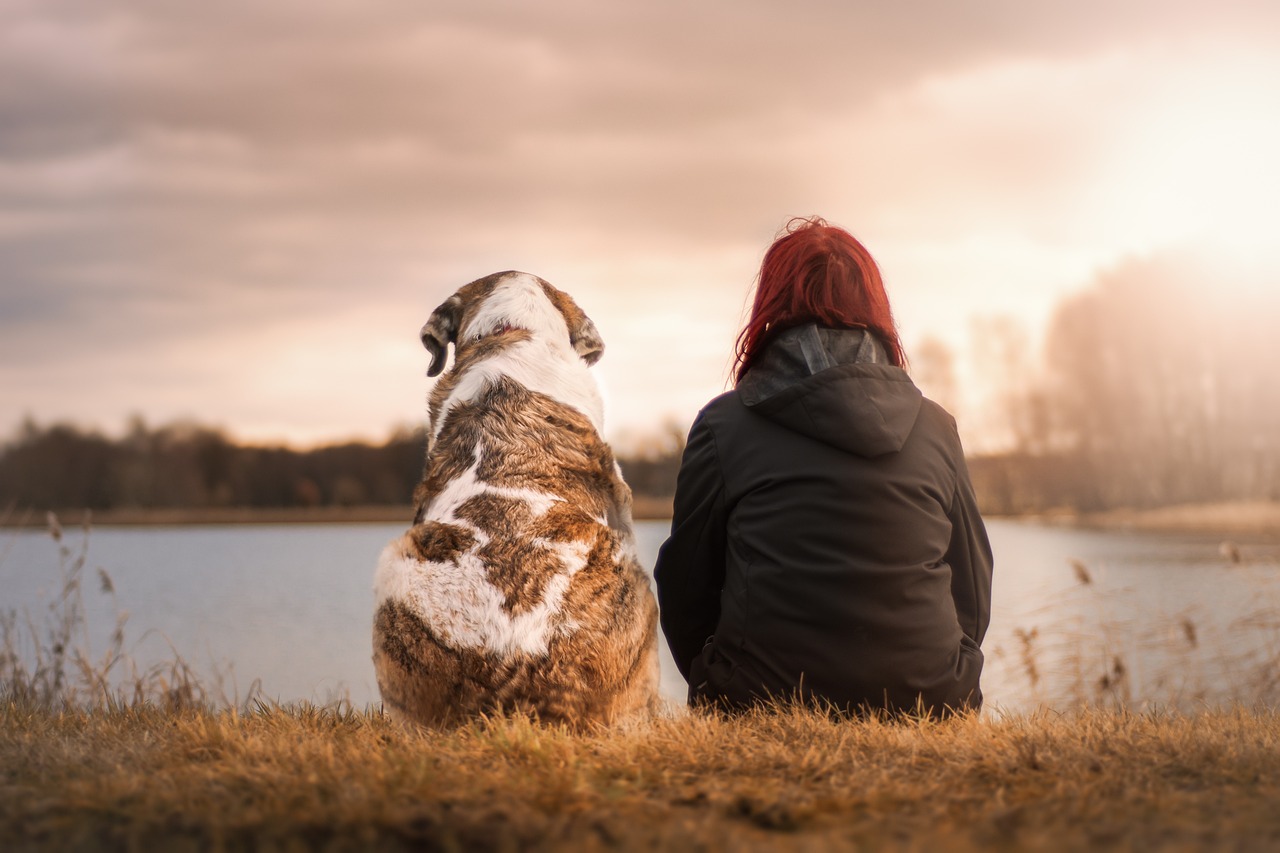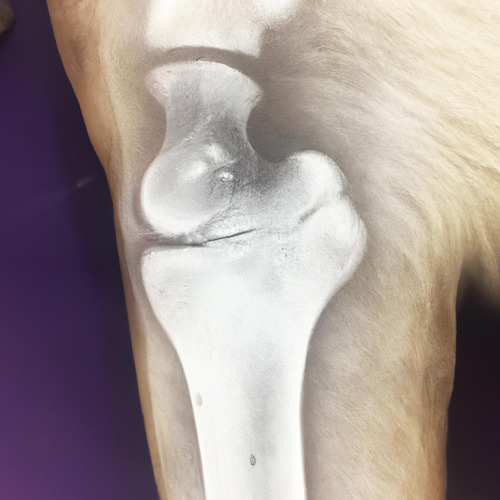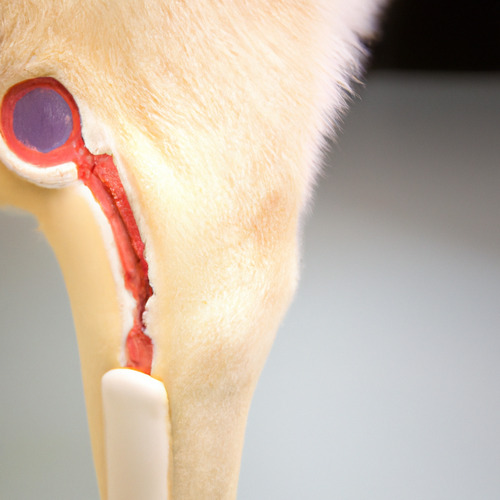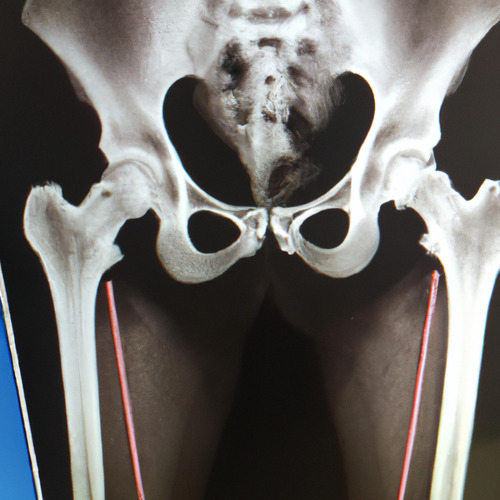Insights into aging dogs and their revealing signs
Health
As I strolled through the park one sunny afternoon, I couldn't help but notice a gentle, gray-faced dog slowly ambling alongside its owner. The sight struck a chord with me, reminding me of the inevitable passage of time and the effects it has on our beloved four-legged companions. It was a poignant moment that sparked my curiosity about the signs that accompany the aging process in these dear members of our family.
In this article, we will set out on a shared adventure, delving into the world of aging dogs and unraveling ten unmistakable signs that become apparent as our devoted companions advance in age. These signs serve as gentle reminders of the remarkable and intricate path our treasured four-legged friends traverse as they enter their senior years.
Gray Hair
Just like us, dogs can experience a sprinkling of gray hairs as they age. Keep an eye out for these adorable signs of wisdom, especially around their face and muzzle. These distinguished strands serve as a gentle reminder that your faithful friend is maturing gracefully by your side.
Reduced Energy and Activity
As dogs grow older, their energy levels may decrease, and their activity levels may diminish. Don't be surprised if those playful bursts are replaced with more leisurely strolls or extended periods of rest. This reduced energy is a natural part of the aging process and a signal that your furry companion may require a more relaxed lifestyle.
Stiffness and Joint Pain
Aging can bring about stiffness and joint pain in dogs, just as it does in humans. You may notice your pup taking a little longer to rise from a nap or experiencing some difficulty with movements like climbing stairs or jumping. Providing them with comfortable bedding and considering joint supplements can help alleviate any discomfort they may experience.
Weight Gain or Loss
Metabolic changes and decreased activity can lead to weight fluctuations in older dogs. Some may experience weight gain due to a slower metabolism, while others may lose weight due to dental issues, reduced appetite, or underlying health conditions. Monitoring their weight and adjusting their diet accordingly will help them maintain a healthy body condition.
Cloudy Eyes
As dogs age, they may develop a cloudy appearance in their eyes, often due to the formation of cataracts. These cloudy patches can affect their vision and make them more cautious in unfamiliar surroundings. Regular check-ups with a veterinarian can help address any eye-related issues and ensure your pup's visual health.
Hearing Loss
Just like us, dogs may experience age-related hearing loss. You might notice that your furry friend is less responsive to sounds or requires more visual cues to communicate effectively. Be patient and understanding, and consider using hand signals or facial expressions to assist in your communication.
Dental Problems
Dental issues are common in older dogs and can cause discomfort and difficulty eating. Keep an eye out for signs of dental problems such as bad breath, swollen gums, or tooth loss. Regular dental care, including professional cleanings and at-home brushing, can help maintain their oral health.
Changes in Behavior
As dogs age, they may exhibit changes in behavior. They might become more irritable, anxious, or display confusion or disorientation. Adjusting to physical and sensory changes can be challenging for them. Providing a calm and predictable environment, along with plenty of patience and reassurance, will help them navigate these changes more comfortably.
Increased Sleeping
It's no surprise that older dogs tend to sleep more than their younger counterparts. They may take frequent naps throughout the day, requiring extra rest to conserve their energy. Don't be alarmed by their increased sleeping patterns; it's a natural part of the aging process.
Incontinence or Accidents
Some older dogs may experience bladder control issues, leading to occasional accidents or incontinence. Weakened muscles and urinary tract infections can contribute to this. Being understanding and providing frequent bathroom breaks will help them manage this challenge.
Just as we experience changes in our own bodies and minds as time goes by, our dear dogs undergo transformations of their own. By understanding and recognizing these signs, we can adapt our care routines, seek appropriate veterinary guidance, and provide the support necessary to enhance the quality of life for our aging dogs. As visitors in their world, it is our responsibility to be attuned to the subtle shifts that signify the passing of time.




